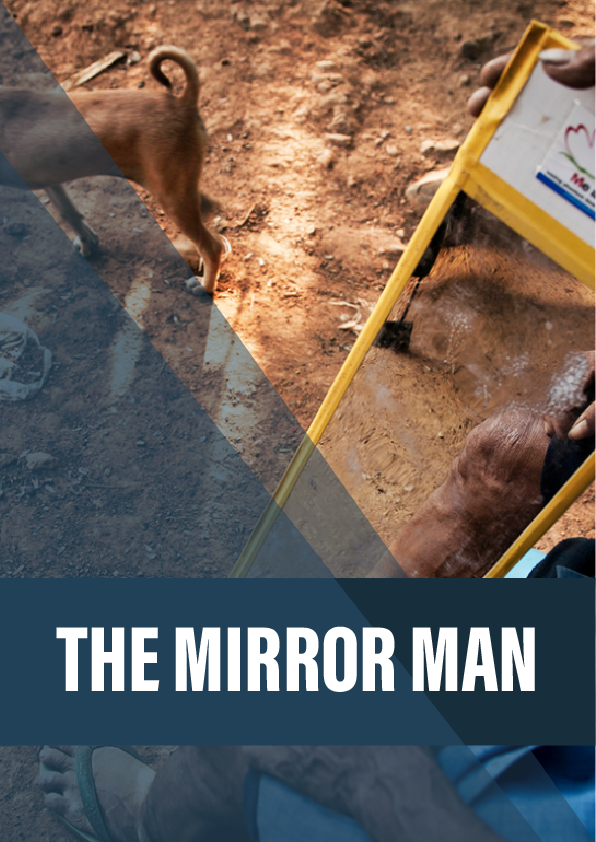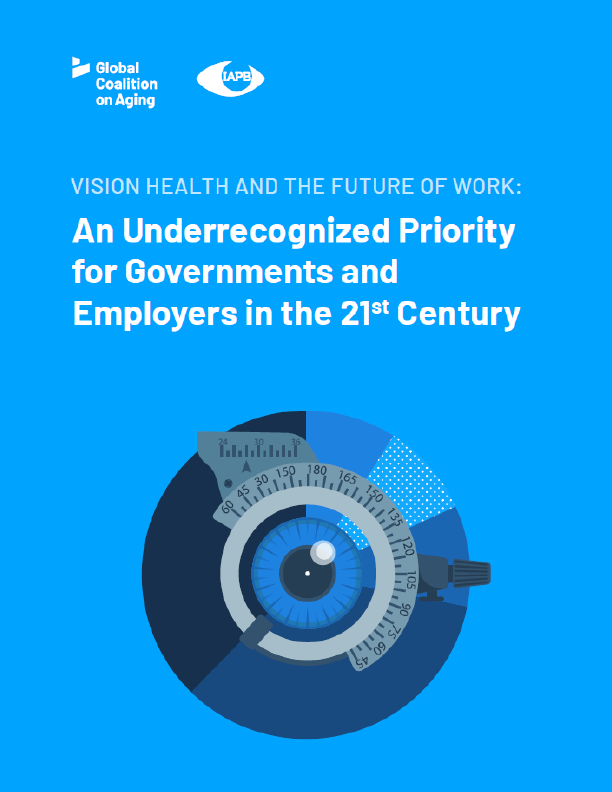Phantom pain, experienced in missing limbs, tortures amputees and puzzles scientists. Srinath Perur cycles round Cambodia with a man who treats it with mirrors.
One of the few Khmer words Stephen Sumner knows is chhue. It means ‘pain’, and it’s something Cambodian people know a lot about from their three-decade-long civil war. Stephen, 53, is a brawny Canadian with an ebullient, even boisterous, manner. This is his third time here in as many years. He rides around on a longtail bicycle with a stack of lightweight mirrors behind the saddle, going to villages, hospitals and physical rehabilitation centres looking for people who have lost their limbs.
Just as the pain of war lingers long after it is over, so an amputee’s pain can persist long after the limb has gone. It can be harrowing and difficult to treat with medication or surgery. Stephen helps people deal with their phantom pain, and he does it with mirrors.
We’re in Spean Tomneap village in the Battambang province of north-western Cambodia – the most heavily mined region in one of the most heavily mined countries in the world. We’ve driven up along a mud road lined by fields and houses surrounded by tangled greenery. Stephen is perched on the landing near the staircase of a weathered wooden house on stilts. Chickens scurry about. A few onlookers gather.
In front of Stephen on an upturned pail sits Ven Phath, a soft-spoken, middle-aged father of five. His left trouser leg is rolled up to reveal a stump below the knee, the result of stepping on a mine in 1983. A plasticky prosthetic leg lies beside him.
Ven Phath still experiences pain in his missing foot, and Stephen is showing him how to position a mirror against the inside of his left leg, so the reflection of the right makes it look like both are still intact. “Look. Move. Imagine,” Stephen instructs through an interpreter.
After a couple of minutes of watching his virtual left foot moving, as if revving an imaginary accelerator, Ven Phath smiles and looks up. He says he feels better already. “Tell him,” Stephen says to the interpreter, “if you do this twice a day, ten minutes per session, for five weeks, then chhub chhue.” Pain stop.
Reference:
- V S Ramachandran and William Hirstein on the perception of phantom limbs (1998).
- Phantoms in the Brain, by Ramachandran and Sandra Blakeslee (1999).
- Herta Flor’s 2002 paper on the characteristics, causes and treatments of phantom limb pain.
- Norman Doidge’s 2007 book, The Brain that Changes Itself.
- A 2009 review of the evidence on visual feedback, in particular using mirrors, used to restore brain function.
- A 2013 article on Tamar Makin’s work on the causes of phantom pain.
- A 2011 review of evidence on mirror therapy in rehabilitation.
- Tamar Makin’s 2013 article on the link between phantom pain and the brain area belonging to the missing limb.











